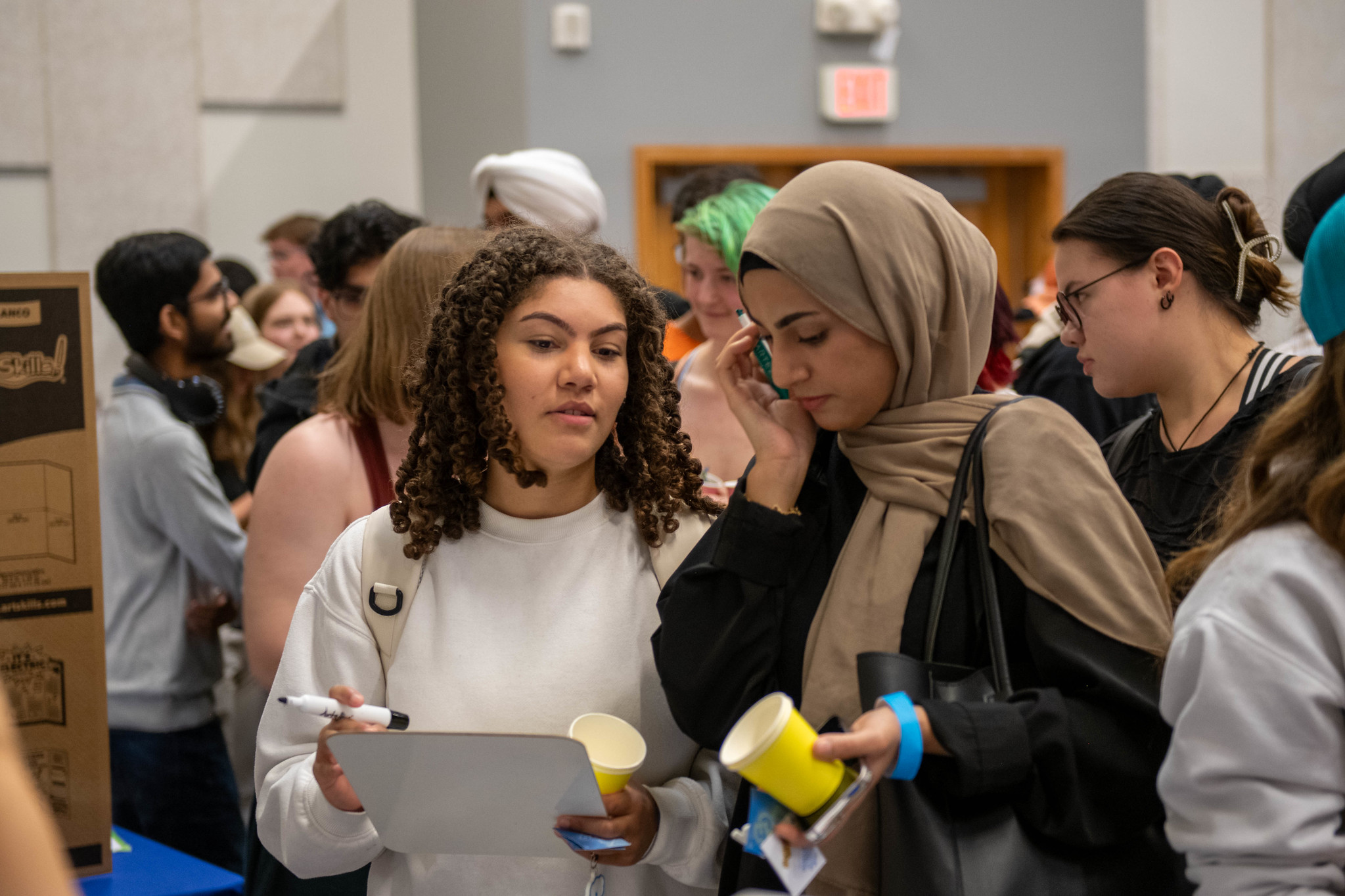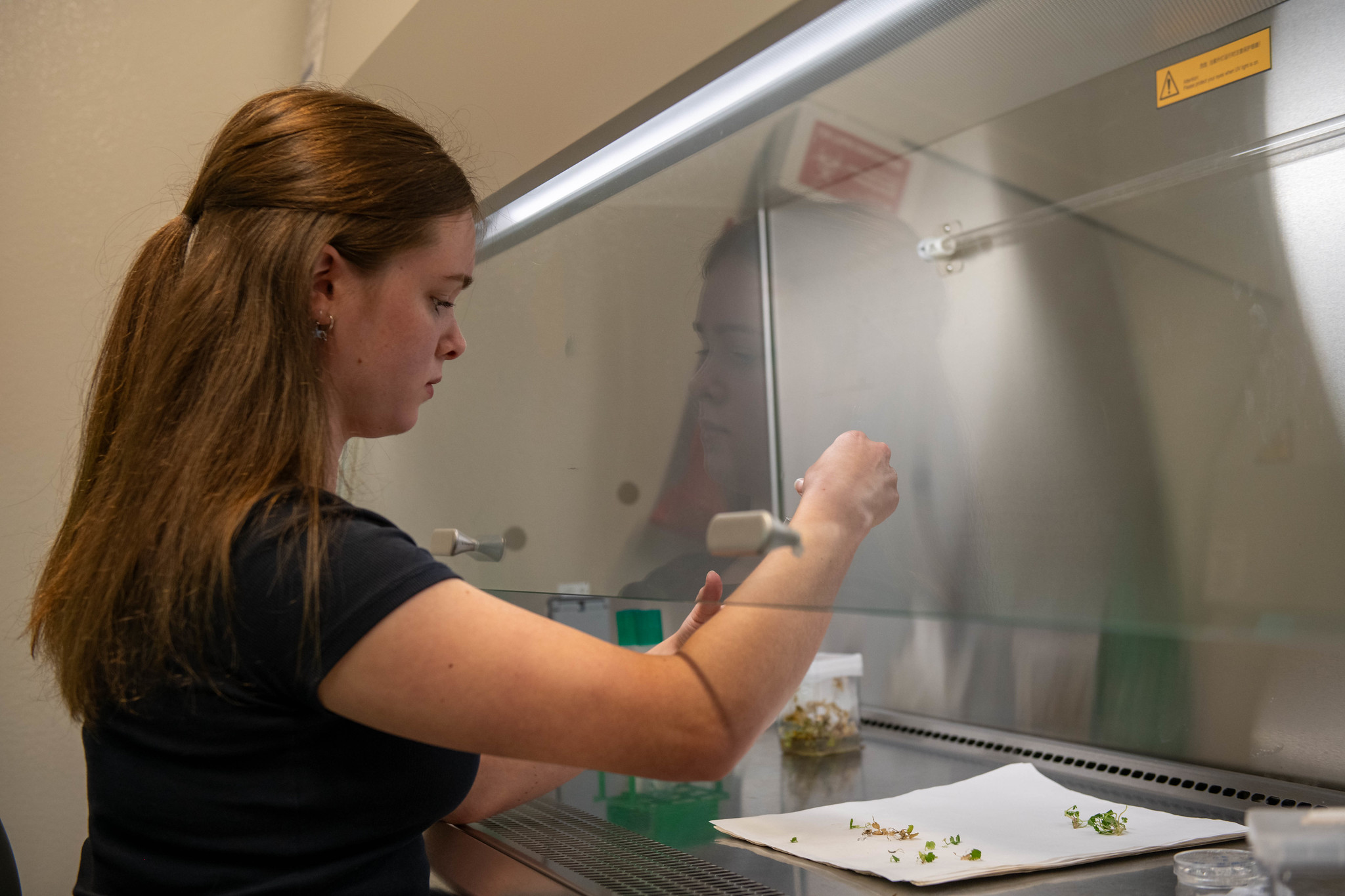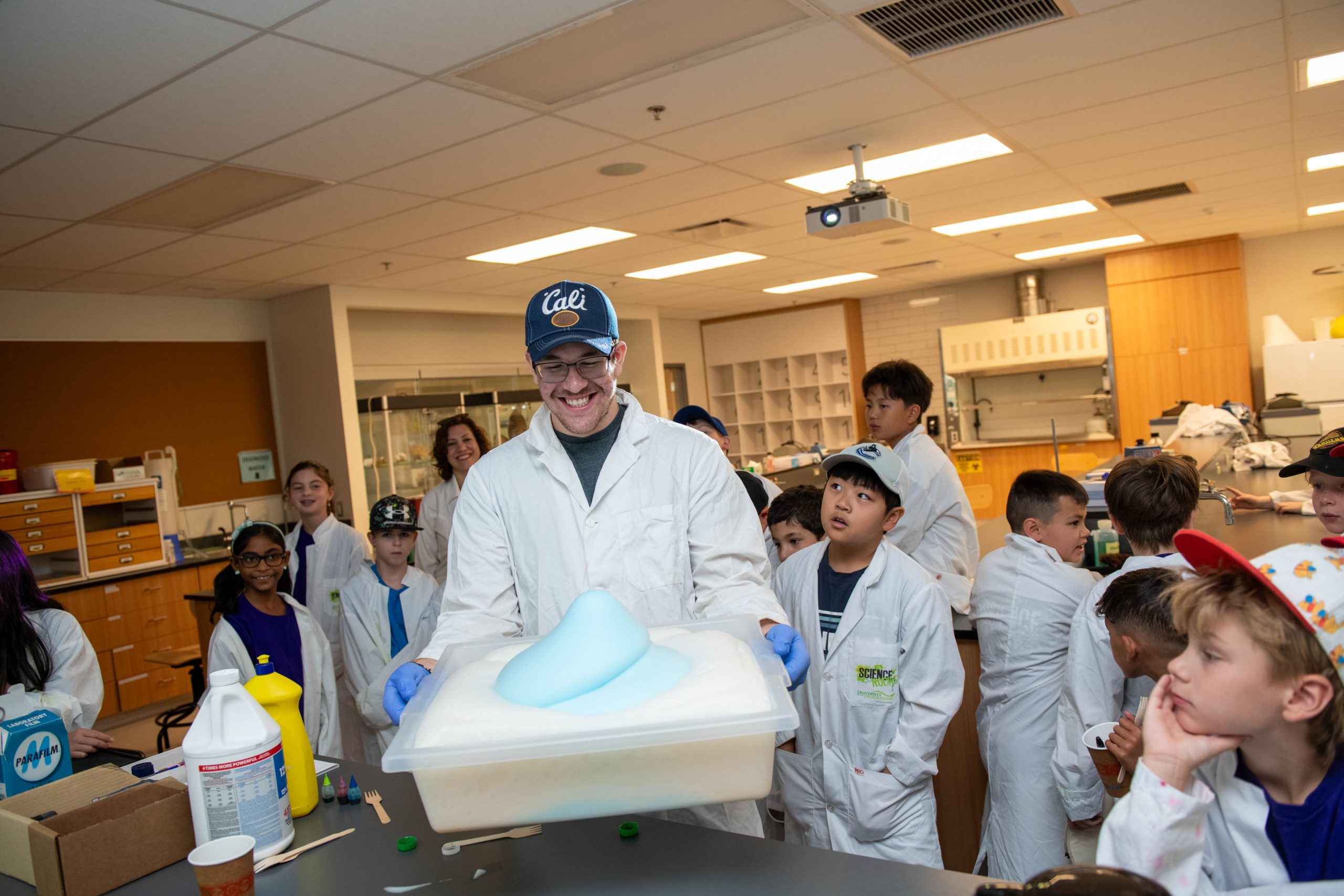Career mapping tool helps UFV students find their footing

There’s a common misconception that people with liberal arts degrees end up serving coffee, because the knowledge gained has no practical use. But a project led by Dr. Linda Pardy in partnership with UFV’s Community Health and Social Innovation (CHASI) Hub is serving up something different.
“Everyone says that, and it’s absolutely not true,” says Linda, associate professor, arts and integrated studies and former Associate Dean of Students, College of Arts. “Look up who’s running many of our largest companies, and they have liberal arts degrees in disciplines such as English, philosophy, history, psychology, geography, sociology or art history. We need to tell our students that story and not contribute to the misconception.”
Linda teamed with Dr. Michael Batu and Dr. Michael Maschek, both associate professors in economics, to conduct research that reveals dozens upon dozens of pathways for liberal arts grads and provides reliable labour market and economic information needed to make informed education-to-employment decisions. They form the nucleus of the Career and Learning for Life (CALL) consortium, a research cluster that works closely with the dynamic team at CHASI. For their first project, they are launching a career mapping tool that presents myriad possibilities in an interactive and visually appealing way.
What good is a history degree for someone who’s interested in banking? Look it up and you may be surprised.
“The finance industry loves history grads,” Linda says enthusiastically. “They can train them on all the investment packages and things like that, but history grads have knowledge of what’s happened in the past that helps them understand what’s likely to happen in the future. While a business grad might get overly excited about a spike in the financial market, and depressed when it comes back down, a history grad brings stability and global thinking to decision making, because they know what’s happened before. History grads work well as collaborators with business teams.”
Over more than two years, the Career Mapping team sifted through far more than the basic data provided through Statistics Canada and B.C. Student Outcomes.
They analyzed ‘education needed’ information reported by the National Occupations Classification and performed comparative analysis of U.S. Occupational Outlook data as well as publicly available labour market information from Australia, New Zealand, and the United Kingdom. They conducted environmental scans and analysis of more than 45 Canadian universities reporting on where their graduates are working, plus more than 20 leading liberal arts universities in the U.S. And they reviewed program-to-occupation advice provided by over 40 career advising publications.
Is someone who excels in their high school geography class destined to become a social studies teacher? Look up humanities in the career mapping tool and you’ll see that’s just one of 155 career possibilities. You can pursue 105 of these careers with the degree alone, while another 50 require more education, but the search reveals no shortage of choices.
“The career mapping tool doesn’t narrow down your options, it expands them,” Linda explains.
It illustrates the difference, she notes, between ‘career-ready’ and ‘career-readiness’ programs. A career-ready program offers training aligned to a specific occupation, and that’s what you do after graduating. A career-readiness program equips students with transferable knowledge, work habits, and employability skills that serve multiple occupations and expand career possibilities.
The career mapping tool is not just for UFV students. Linda looks forward to bridging the mapping tool with an economic dashboard, currently under development, that provides eastern Fraser Valley-focused data on factors such as job openings, cost-of-living information, and housing markets.
“We want to get at the granular data for what’s happening in Abbotsford, Mission, and Chilliwack,” Linda says. “Dr. Batu and Dr Mascheck want people to see for themselves what’s growing and what’s not growing, and how this data can help them make informed decisions. They hope to give people, business owners, local government, and policy makers better decision-making tools.”
Taken together, the career mapping tool and economic dashboard contribute to changemaking efforts that are gaining momentum at UFV. Changemaking is a holistic, action-oriented approach that prepares students to thrive in an unpredictable future and contribute meaningfully to their communities.
“But changemaking has to start with the individual, and that person can’t make changes if they can’t pay their heating bill, or buy diapers or groceries,” Linda says. “People need to access the economy to do these things, and that’s why the tools we’re providing can be so important to that process.”
CHASI Director Martha Dow says the career mapping project is just one example of the impactful community-centred work the CALL consortium will provide.
“I can’t imagine a more important time for universities to emphasize not just our relevance but the centrality of post-secondary institutions in leading responses to the increasingly complex socio-political issues of our time,” Martha says.





